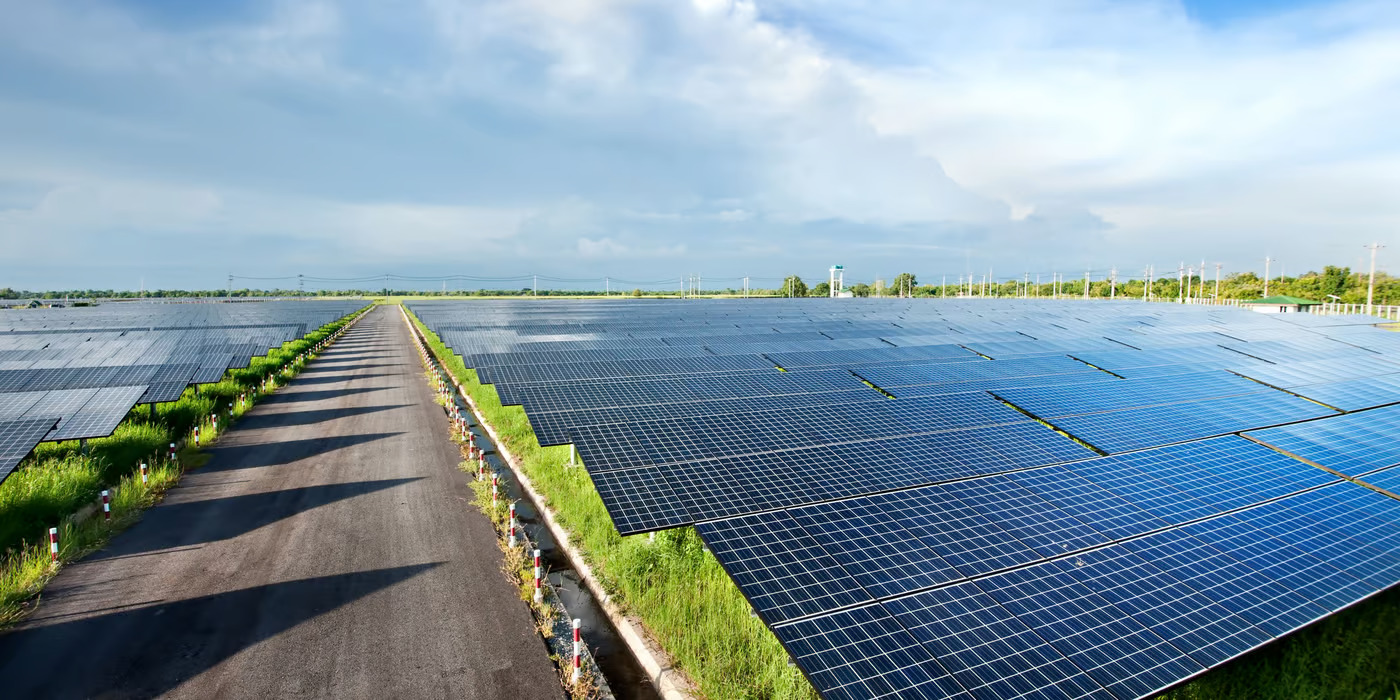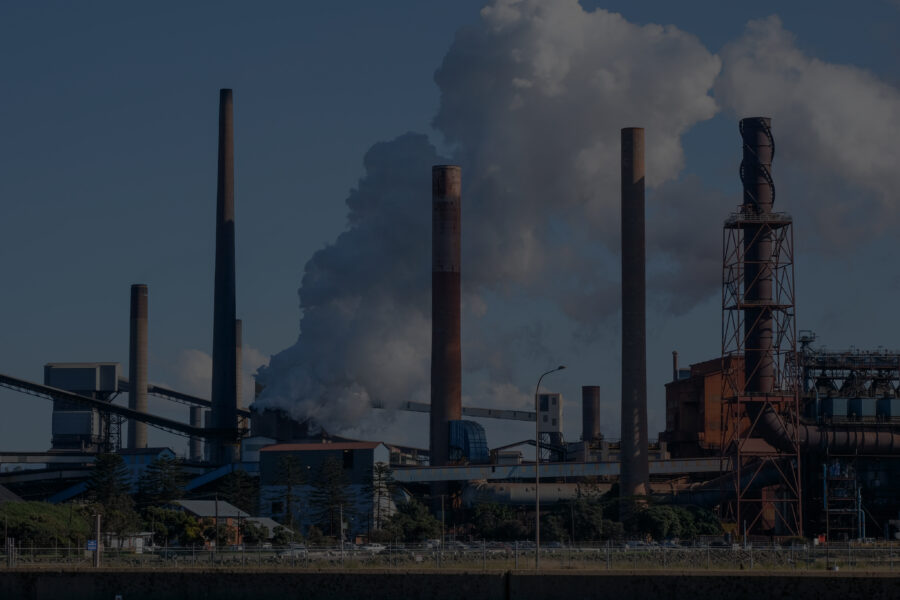As the impacts of climate change become increasingly apparent, vulnerable communities around the world find themselves on the front lines of its effects. Rising sea levels, extreme weather events, and shifting climate patterns pose significant challenges to these communities. In the face of these adversities, adaptation becomes a critical strategy for building resilience and safeguarding the well-being of those most at risk.
Understanding Vulnerability
Vulnerable communities, often located in low-income areas, coastal regions, or regions with limited resources, are disproportionately affected by climate change. They may lack access to proper infrastructure, healthcare, and social support systems, leaving them more exposed to the negative consequences of extreme weather events and environmental changes.
The Need for Adaptation
Adaptation involves adjusting to changing environmental conditions to minimize the negative impacts of climate change. It is not solely about surviving the challenges posed by a warming planet; it’s about thriving in the face of adversity. Adaptation strategies aim to enhance the ability of communities to withstand and recover from climate-related shocks and stresses.
Building Resilience through Adaptive Strategies
- Infrastructure and Urban Planning: Vulnerable communities can improve their resilience by developing infrastructure that is designed to withstand climate impacts. Implementing flood-resistant buildings, elevated roads, and efficient drainage systems can mitigate damage from flooding and heavy rainfall.
- Ecosystem-based Adaptation: Restoring and preserving natural ecosystems, such as mangroves, wetlands, and forests, can act as natural buffers against climate impacts. These ecosystems can reduce the risk of coastal erosion, storm surges, and provide other ecological services that benefit communities.
- Diversifying Livelihoods: Communities heavily reliant on a single industry, such as agriculture or fishing, are vulnerable to climate-related disruptions. Diversifying livelihoods by introducing alternative income sources can enhance resilience to changing climate patterns.
- Early Warning Systems: Developing early warning systems that alert communities to impending disasters, such as hurricanes or floods, can provide crucial time for evacuation and preparation.
- Community Engagement and Capacity Building: Empowering communities to actively participate in decision-making and equipping them with knowledge and skills for disaster preparedness can enhance their resilience.
- Social Safety Nets: Governments and NGOs can establish safety nets that provide financial support and assistance to vulnerable individuals and families during and after climate-related crises.
Challenges and Considerations
While adaptation strategies hold promise, they also come with challenges:
- Resource Constraints: Vulnerable communities often lack the financial and technical resources needed to implement comprehensive adaptation plans.
- Equity and Social Justice: Ensuring that adaptation efforts do not inadvertently exacerbate existing inequalities is crucial. Adaptation should be equitable, leaving no one behind.
- Local Knowledge: Incorporating traditional knowledge and local expertise into adaptation plans can lead to more effective and culturally sensitive solutions.
Collaborative Solutions
Addressing the challenges of climate change adaptation requires collaboration among governments, NGOs, researchers, and local communities. Investments in research, education, and capacity-building can help develop context-specific solutions that resonate with local needs.
Conclusion
Adaptation to climate change is not a luxury; it is a necessity for vulnerable communities. As the planet continues to warm, building resilience becomes paramount to safeguarding lives, livelihoods, and the future of these communities. By embracing innovative strategies, fostering collaboration, and acknowledging the unique challenges faced by vulnerable populations, we can work toward a more sustainable and equitable future for all.



